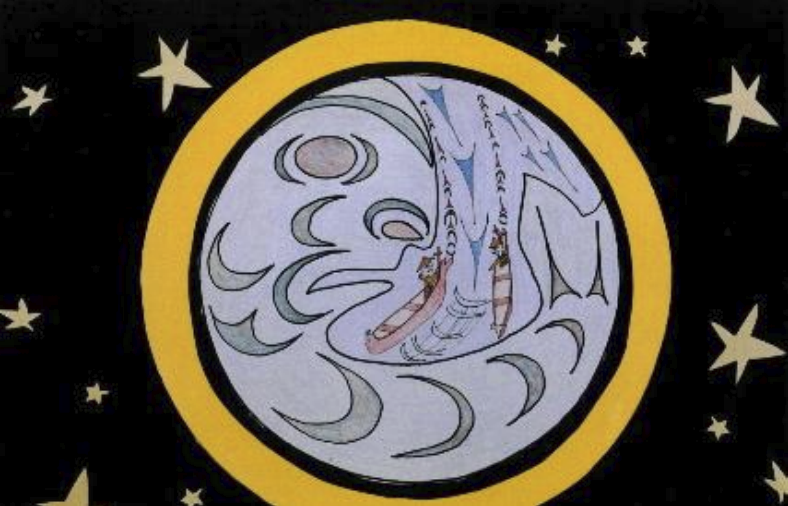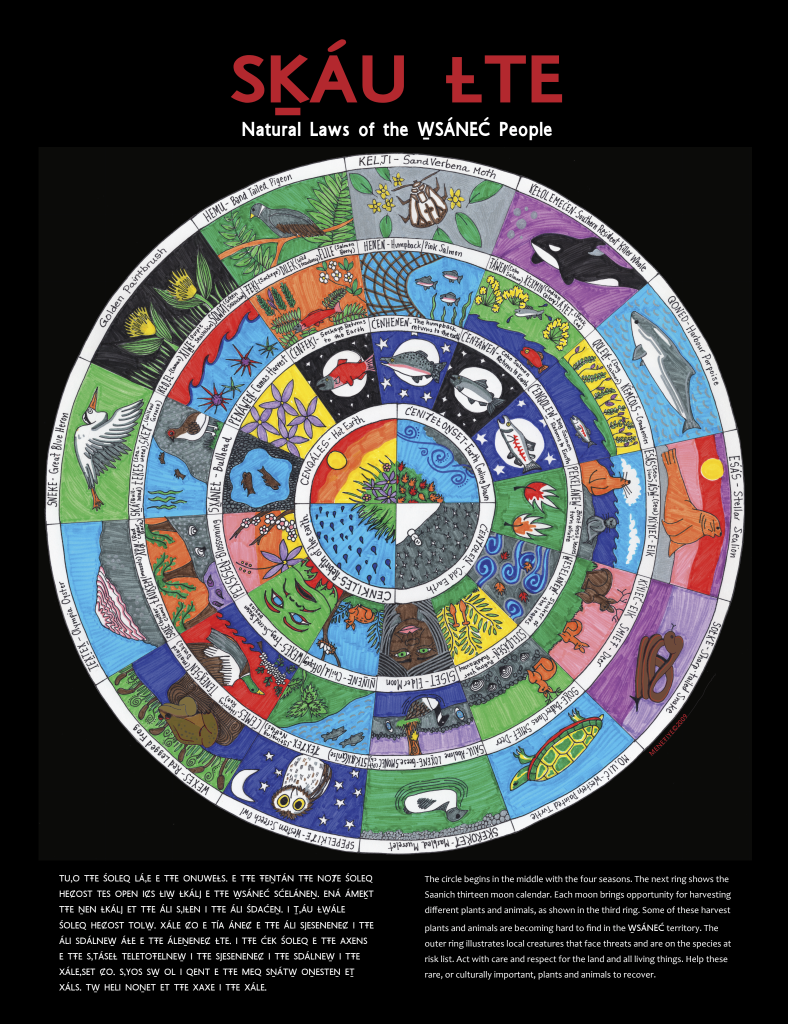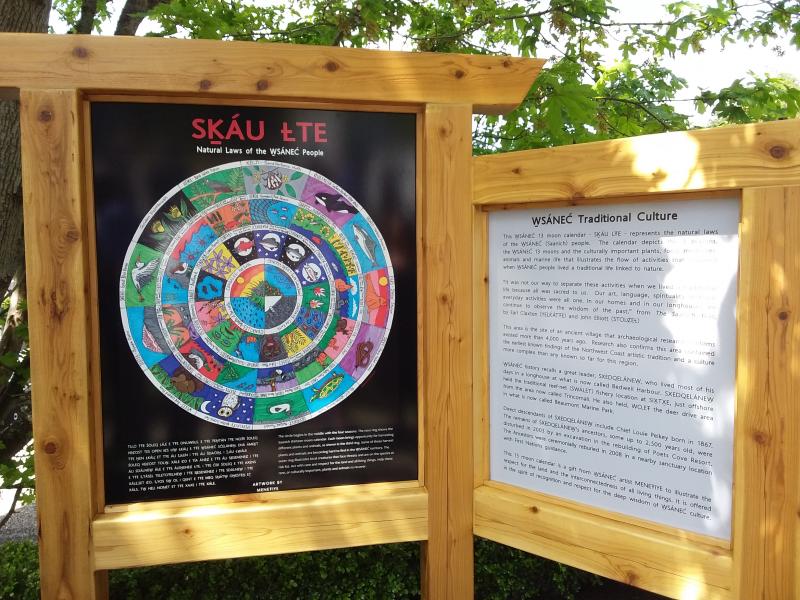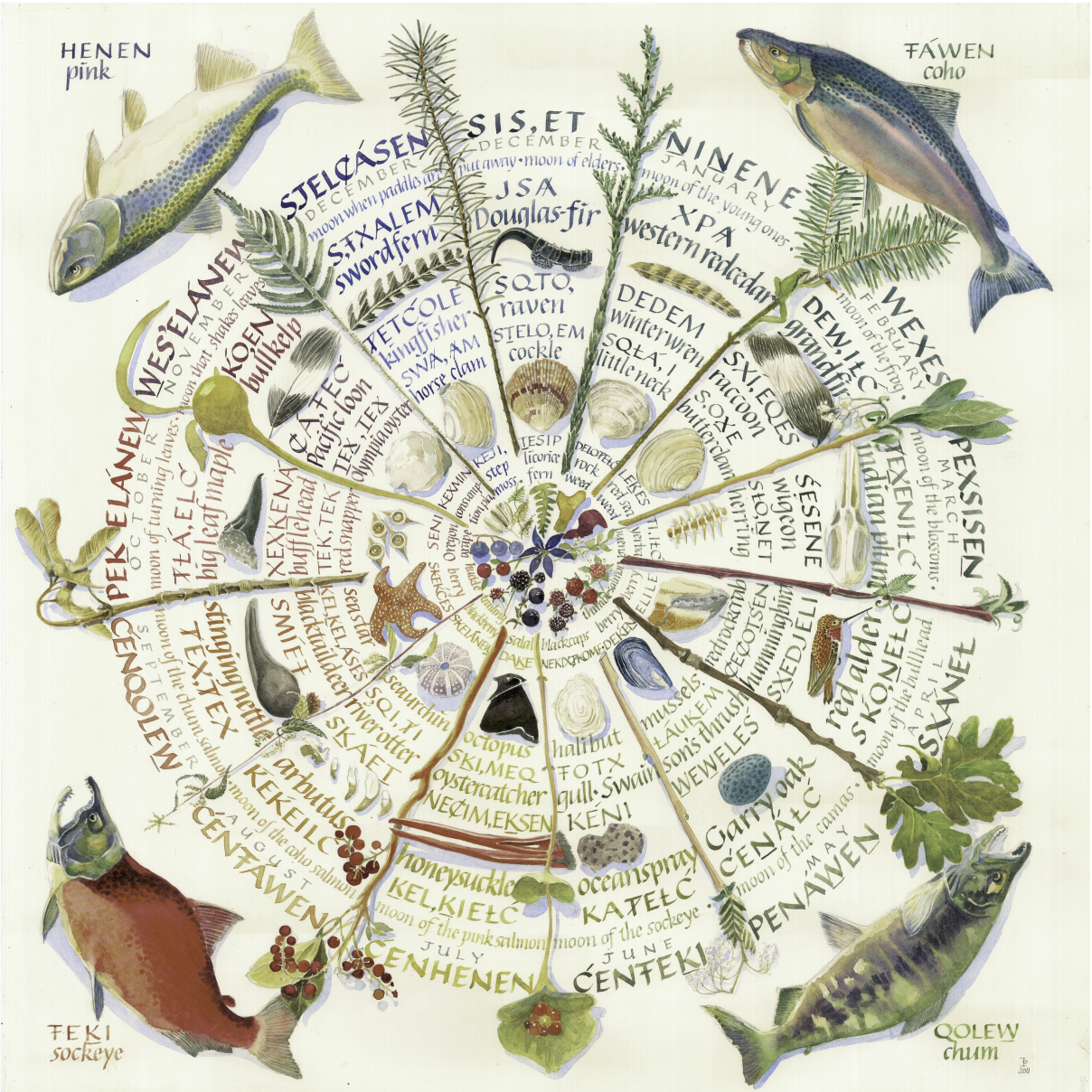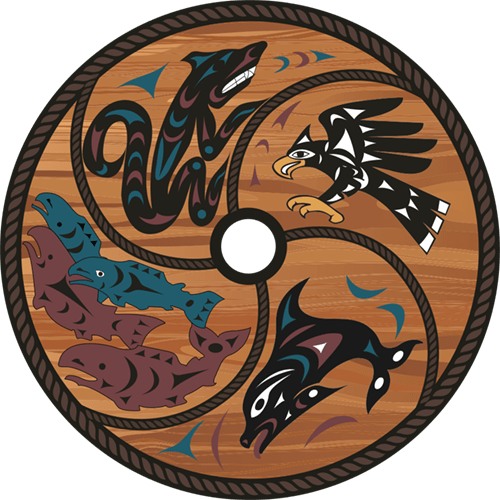This time of year is traditionally known as ĆENŦEḴI.
ĆENŦEḴI
EȽTÁLṈEW̱JE LE TŦE SĆÁNEW̱I ENÁN JE LE U TSOS TŦE W̱SÁNEĆ EȽTÁLṈEW̱SU ȾW̱IṈETEṈs E
TŦE SĆÁNEW̱NIȽ ȻE ĆÁ ŚW̱ELOXET ȽTE TŦE SĆÁNEW̱.
NIȽ S,HI,WEḰ SĆÁNEW̱TŦE ŦEḴI U HÍ TŦE SṮELIṮḴEȽ X̱EN I IȽEN E TŦE ŦEḴI EȻs TUOs TÁĆEL
TŦE ŦEḴI. NIȽ SU TÁĆELs ĆÍK I ĆÁȽs IȽENs TŦE W̱SÁNEĆ EȽ TÁLṈEW̱.
I HO JE LE EWE ĆḴEĆEs TŦE SWÁLET SU YÁs QENETEṈ E TŦE ŚNÁEM ȻE STÁṈ Es SQÁYs TŦE
SWÁLET.
ÍY QÁLES TŦE SȻÁĆEL E TŦE ĆENŦEḴI ÁNW̱ȽḴÁLJ.
I ȻȽ TÁĆELs TŦE W̱EW̱ELEŚ NIȽ ₭ELLET TŦE SEȽTENEṈ HO DILEM NEȻIM IḰ NEKIX ÍK NEPEW̱IḰ
SU ₭ELs TŦE SEȽTENEṈ EWEs HIŦ Ȼs ÁȽEs TŦE W̱EW̱ELEŚ I YÁ ȻO.
ȻNIȽs TÁĆELs TŦE ŦEKI SU I YOḴ TELs TŦE W̱ILṈEW̱E TŦE SĆÁNEW̱s E TŦE QEȽ W̱ILṈEW̱s NIȽ U
YOŦ U S,ĆÁs TŦEN SĆÁLEĆE ȽNIEȽ U TUO OL ȻENEW̱TŦE ŦEḴI EȻs TÁĆELs.
TŦE XÁXE SĆÁNEW̱TŦE ŦEḴI SQÁ Ȼs ṈOTs TŦE SIS,ET EȽTÁLṈEW̱U HOI EȻs TÁĆEL TŦE
SHIWEḰ ŦEḴI SU YÁs ŦOṈŦEṈ E TŦE SṮELIṮEȽ SJÁN U ENEW̱TŦE SX̱OLE EȻs TÁĆELs TŦE
SHIWEḰ. U HOI EȻs TW̱E SOIs LÁTEṈ TŦE SX̱OLE E TŦE ŚNÁEM SU TW̱E SOIs EN SU IȽEN E TŦE
ŦEḴI NIȽ ȻE ĆÁ CENŦEḴI.
ĆENŦEḴI-THE SOCKEYE MOON
Our history tells us that we were once very poor, but the Salmon People took pity on us and
gave themselves to save us.
At the beginning of the ĆENŦEḴI moon and with a special ceremony, reef net anchors were
dropped and our ancestors fished hereditary family locations throughout the four salmon
months.
The medicine man (ŚNÁEM) would paddle to the furthest point east and called on our ancient
relative (the salmon) to come and feed the W̱SÁNEĆ people. He prayed, sang, and mentioned
all the family reef net locations (SWÁLET) that the salmon would pass.
WEATHER
Warm summer breezes and dry weather are most evident during the ĆENŦEKI season.
The W̱EW̱ELEŚ (Swanson’s Thrush– he ripener of the summer berries), arrives. His song put
color into the berries. The DILEḰ (wild strawberries) and ELI,LE (salmon berries) begin to
ripen.
ECONOMIC ACTIVITIES
Trading catches from all the salmon runs began. The W̱SÁNEĆ People would trade with the
inland tribes. Because we caught salmon in the Straits we were the first people each year
(about a month ahead of other tribes) to have salmon; others had to wait for the river runs.
The early run and high quality of the bright salmon gave us a trade advantage over other
people.
CULTURAL ACTIVITIES
The Saanich People paid homage to the salmon with a very special song and ceremony to
honor the salmon and show respect to its new generation. After the first sockeye salmon
(known as the S,HIWEḰ leader) was caught, all fishing would cease and the ceremony of
prayer and feast would begin.
As part of the salmon ceremony, the children would walk with a limp and carry this hook
nose salmon as one would carry a baby. This was to look pitiful in the eyes of the honored
salmon. Only the children would eat this salmon, after which the adults could then feast on
the sockeye.
This illustration of the W̱SÁNEĆ calendar, SḴÁU ȽTE, by artist MENEŦIYE is located on S,DÁYES (South Pender Island). The illustration depicts the four seasons, the 13 moons and the culturally important plants, food, medicines, animals and marine life.
Based on the sacred interconnectedness of all things, the observation of the 13 moons is part of W̱SÁNEĆ natural law. Each of the 13 moons provides guidance as to what cultural and economic activities are best suited for the time of year, as well as what weather to expect and what food is most abundant.
Artist Briony Penn, copyright Tsawout First Nation.
“It was not our way to separate these activities when we lived a traditional life because all was sacred to us. Our art, language, spirituality and our everyday activities were all one. In our homes and in our longhouses we continue to observe the wisdom of the past.”
~The Saanich Year, by Earl Claxton (YELḰÁTŦE) and John Elliott (STOLȻEȽ).
The 13 moons don’t line up exactly with the Gregorian 12-month calendar, but loose associations between months and the moons can be made, as shown above.


